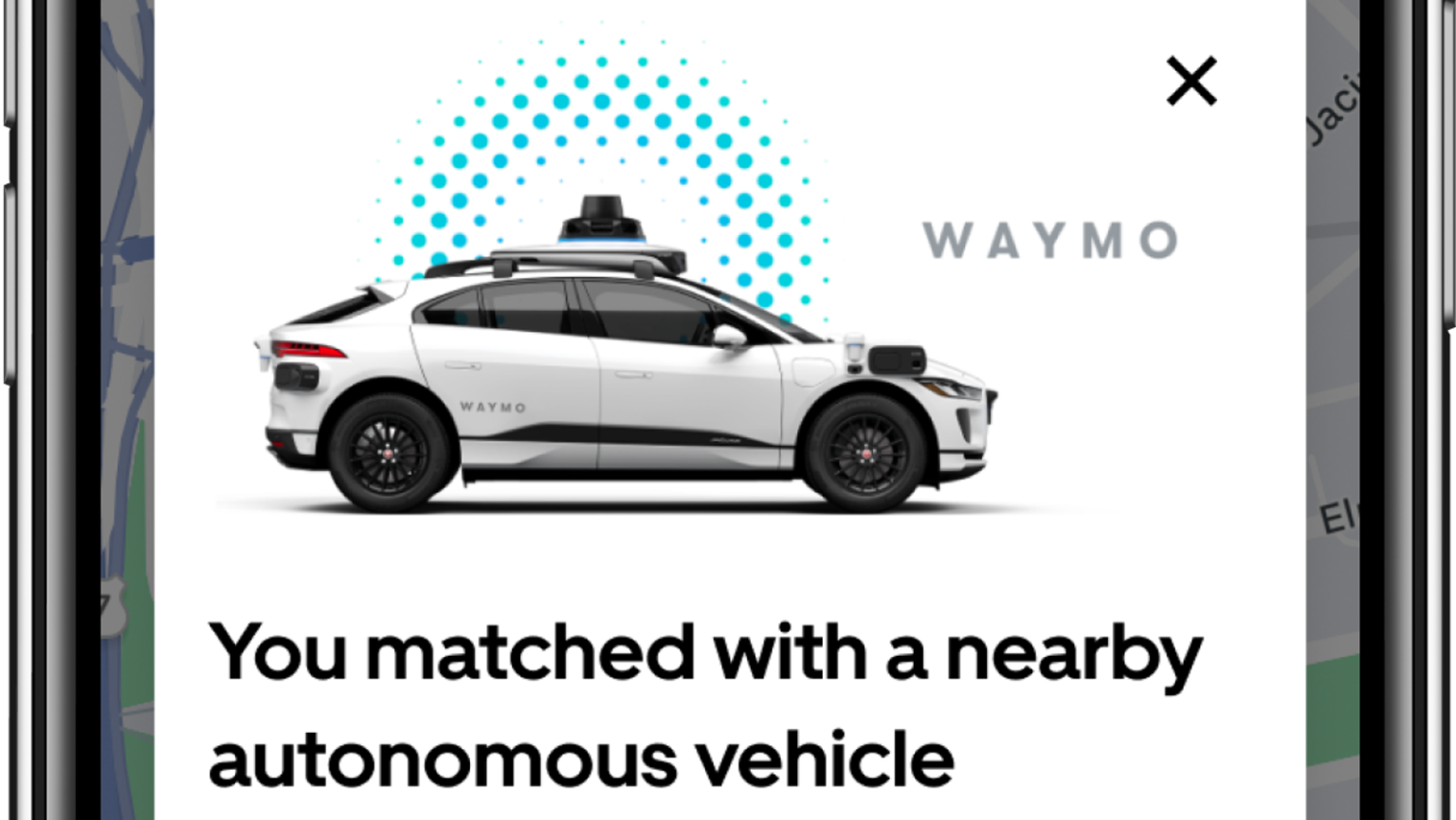Waymo and Uber announced that riders in the Phoenix area who request rides with Uber may be offered a ride with no driver from Waymo. They won’t always get that offer, but they can select an option to say they prefer it, and they can also decline it and go for a regular Uber driver.
That’s a switch from not long ago, when Waymo was suing Uber over theft of intellectual property, and back to the prior situation where Google was an investor in Uber and on its board. But a more difficult question is whether this makes sense long term.
It makes sense for Uber. Uber tried to build its own self-driving technology (that’s part of what the lawsuit was about) but had a fatal accident due to negligence of one of their safety drivers. After that, their project shut down and was eventually sold to Aurora, with Uber investing even more in Aurora rather than receiving money. Uber started their project because the CEO at the time felt that the world was going to self-driving and Uber would fade away if it didn’t have the technology. Instead, they are hoping to have self-driving vehicles made by others available through their service. They have partnered with other providers as well, though usually with a safety driver up front.
The bigger question is whether it makes sense for Waymo, other than as a test project. In the future self-driving world, everybody wants to own the customer, and be in charge of the value chain. Waymo won’t want to let Uber own the customer long term, even though Uber today has by far the top brand and customer base in the ride-selling business. Smaller companies might well partner with a big boy like Uber, but Alphabet is a much larger company than Uber, and in fact, the majority of Uber rides are summoned via Android phones, programmed by Alphabet.
Waymo has its own app, Waymo One, and people in Phoenix, San Francisco and now Los Angeles use it very much like the Uber or Lyft apps. On the other hand, because Waymo only has a limited service area, and will for some time, riders need a way to book rides outside that area, or when Waymo vehicles are too busy. As such a partnership is necessary, to get people a human driver when they need one, and a robotaxi when they prefer that.
It doesn’t make sense, though, for Waymo to have spent billions of dollars just to make a robotic gig worker working for Uber. It also doesn’t make sense, long term, to have robotaxi rides priced the same as human driven rides. Today, this is an experiment, to see what happens. Waymo has long waiting lists, at least in San Francisco, for codes that enable the app, so they don’t need extra ride requests. Uber, however has many more customers and has loyal customers who will prefer to get all their rides through one app.
For now, Waymo is content to work very much like Uber, with an app and per-mile fees for rides similar to Uber. But the robotaxi companies aren’t just interested in replacing Uber or being a cheaper Uber, or just being an Uber driver. The real revolution comes in entirely different pricing models, including subscriptions, as well as much lower prices, with eventual costs just 1/5th to 1/4 the price of current taxi and Uber rides. It’s unclear how or if that would be sold through the Uber app.
For Uber, there is still hope. They can expand this to relationships with smaller, less known companies that enter the field. While Google, Amazon, Apple and GM are bigger companies than Uber, there will be efforts from smaller ones, and also efforts from Chinese companies who have no presence in the USA. The Chinese companies may face regulatory hurdles trying to come to the USA, but doing it via American companies like Uber and Lyft may provide an avenue. Plus, if somebody succeeds in making a self-driving car which customers buy and own, and then hire out on other networks when not being used, Uber’s network would be a natural choice. Tesla says it plans to do this, and operate its own network which Tesla owners can (or possibly must) work through, combined with Tesla’s own corporate robotaxis.
Waymo reports it is now doing over 10,000 rides/week in 255 square miles of Phoenix, including 1,000 to the airport. This is in addition to their rides in San Francisco, where they are now, for a while, the only robotaxi operator in the city after the shutdown of Cruise.
Read the full article here





